PASADENA UNIFIED HAS A DIRTY LITTLE SECRET
By Doug Forbes
Sources who generously provided the photos for this article wished to remain anonymous.
PASADENA, Calif. — With rats, cockroaches, rust, mold, filth, waste and structural decay cannibalizing classrooms and playgrounds, the Pasadena Unified School District nonetheless claims that its values are driven by what is best for students.
The nation’s worst public health crisis in over a generation is apparently winding down. Yet, many PUSD facilities remain veritable Petri dishes for runaway blight.
“Teachers have been concerned for a long time and are desperate for the district to do something to change the horrendous situation on many campuses with seriously subpar environments,” said Jennifer Boynton, a former teacher of excellence.
Boynton moved to Longfellow Elementary School after the school board shuttered Franklin Elementary and two other schools in 2019 — an enigmatic trend in the district which has consumed 12 schools since 2006.
Boynton has alerted PUSD school board officers and district leaders — including multiple engagements with Superintendent Brian McDonald — about alarming issues across school sites. She repeated her concerns at an April 18 special board meeting (— comments commence at 18:12).
“A school staffer told me that some students don’t go to the bathroom all day, because of fear and filth,” she said. “This staffer also said a parent actually drove their child home to use the bathroom.”
Julie Silk is another former teacher of excellence who has consistently voiced her concerns in what have been futile efforts to foster change. “My students complain almost daily about pee or poop on the bathroom floor, no soap, stalls that won’t lock and more.”
Silk’s very own son is another example of a PUSD student who has refused to use school bathrooms due to disrepair.
Marshall Fundamental School PTSA President Teri Richardson advised the Pasadena Education Foundation that the school’s band room, dance room and recreation fields were unusable because of significant safety hazards, among other issues.
“[Bathroom] plumbing continuously breaks, forcing closures. Our auditorium and cafeteria need HVAC. It’s too hot in the summer and too cold in the winter to have students and staff working in these spaces.”
NOTE: skilled labor teams are called upon for major safety repairs.
A teacher recorded this 55 degree temperature inside her classroom.
Willard Elementary School teacher Sonia Covarrubias has two children who attend Pasadena High School.
“It was pretty bad in the beginning. Most days they wouldn’t use the bathroom because they didn’t feel comfortable going in there. They said it’s better now.” Covarrubias said that a QR code in the bathroom now enables students to make observations or requests.
After years of official remediation requests for a variety of issues, PUSD schools have taken some minor strides. Jackson Elementary repaired a leaky roof. Field Elementary painted damaged doors. McKinley School replaced moldy classroom tiles and hosted a campus cleanup.
According to multiple accounts, however, such efforts are the exception, not the norm.
Students grew accustomed to appropriate sanitary standards as COVID-19 transitioned classrooms to home living rooms. A return to demoralizing school conditions was indeed an unwelcome shock to the system.
To ease some of the shock, Governor Newsom threw the highest level of funding in history at California schools. Ordinarily, the state’s attendance-based funding formula dictates the way districts like PUSD navigate each school year.
Click to enlarge
In a pre-pandemic report, the California Department of Finance projected a 7% decrease in California public school enrollment between 2018 and 2028. PUSD’s enrollment is down nearly 35% since 2000 when more than 23,000 students coursed through hallways compared to less than 15,000 who remain.
A report by the Public Policy Institute of California cited lower birth rates and migration from and within the state as primary reasons for enrollment changes across districts. The report’s following assertion, however, is perhaps the most compelling cause for concern.
“District revenues often decrease each year as enrollment declines, but it is difficult to shed costs at the same rate. Some costs are fixed and districts lose economies of scale in some services (e.g., capital, maintenance, debt service) and staffing (e.g., administrative positions).”
PUSD’s maintenance woes are a clear indicator of such economies of scale veering off the rails.
PUSD hired Facilities Director Leonard Hernandez in July of 2020, after the pandemic had settled in. District Superintendent Brian McDonald said, “[Hernandez’s] emphasis on excellence in service through delivering campuses that are clean and in good repair is especially important as we prepare for the eventual safe return of students and staff to our schools as public health conditions evolve.”
Hernandez said, “I know that the role of school facilities and maintenance is to support and serve students, teachers, and staff with clean facilities in good repair. The facilities and maintenance team has a powerful influence on the educational experience.”
Hernandez did not return requests for further comment.
Walls decaying, paint crumbling, vents rife with dirt while the whiteboard below says, “Be Respectful. Be Safe.”
In January of 2022, McDonald reiterated his desire to keep schools clean. “We have been pulling people from one site to cover the needs at other sites. We have also been identifying custodians who are willing to work overtime to clean classrooms when necessary.”
Pledging commitments and playing custodian musical chairs does not secure clean, safe schools as photos and personal accounts attest.
That same January of 2022, Michael Leon joined the conversation as the business liaison for Teamsters 911, “the sole and exclusive bargaining agent for PUSD’s classified workers,” including custodial staff.
Leon said that he is “not happy with the cleanliness issues.” He agreed with McDonald that a labor shortage, workers’ compensation challenges and a sagging substitute workforce drew a straight line to declining school sanitation.
Leon said that stopgaps were necessary to abate growing concerns, including PUSD’s use of outside labor. “Normally, we don’t let a third party come in to help us because of our contracts with districts that support commitments to members, but under these circumstances, we have to make exceptions.”
Thanks to an infusion of supplemental funding from the state, the PUSD board recently agreed to a 10% across-the-board pay increase for all classified worker categories but also allocated an additional 3% for custodians. Last year’s increases were a fraction of that sum. Leon could not comment on custodial compensation over prior years.
He offered examples of how schools can help with custodial efficiency. Students should be restricted to solely eat in cafeterias as they did before the pandemic. And, they can put chairs on desks as they leave so that custodians can immediately mop floors rather than stack furniture.
Leon said he wants to meet with United Teachers of Pasadena [UTP] President Jonathan Gardner who recently wrote an editorial criticizing the way McDonald and Blanco conduct business, including the recent hiring of a new Chief of Human Resources.
“Blanco does exactly what McDonald says, so why do we even have two roles to do the same thing?”
Gardner, also a teacher and chair of Pasadena High School’s science department, said that bureaucrats like McDonald and Blanco who have not served in a classroom for over a decade are prone to dictate instead of embracing consensus.
Gardner said, “Those on the front lines are the ones yelled at, threatened, dealing with inadequate systems, including delayed pay and reimbursement and buildup of maintenance and operations issues.”
The UTP has a Human Rights Committee. Asked whether clean and safe schools are a human right and not a privilege, Gardner said, “It is absolutely a human right for students and teachers to be able to successfully function each day. When California slashed budgets 50 years ago, the state chose that public schools should not be well cared for.”
McDonald agreed that clean, safe schools are human rights, just like education is a human right. “We need environments which are conducive to learning.”
He said that he “does not feel very good about [unclean, unsafe schools] at all.” Despite not replying to Boynton’s repeated requests, until the eve of this article being published, he said he has been doing everything possible to cover custodial resignations, absences and workers’ comp challenges, including monthly strategy sessions with Leon and teamsters.
McDonald did not agree with Gardner about how certain decisions are made. In fact, he said what Gardner wrote was unfair and hurtful.
“The Superintendent has the absolute right to hire a member of the executive leadership team. When you include education partners in the process [such as teacher representatives like Gardner], that is a courtesy.”
Salty communication among a multitude of gatekeeping groups is clearly part of the predicament.
According to multiple sources, when teachers report problems, principals rarely exert pressure or issue write-ups for unacceptable custodial conduct. The origin of arm’s length supervision is purportedly anchored to poor pay, long, arduous workloads and an ongoing labor shortage. Translation: Principals don’t want to ruffle already ruffled feathers.
The custodial labor shortage follows suit with myriad classified employee shortages long before the pandemic.
Pride Industries said, “Recruitment and retention have long been issues within the industry. The work can be physically demanding, shifts can be undesirable, and pay low. Plus, at an average of 49 years-old, the custodial workforce is aging into retirement—without millennials and Gen-Zers clamoring to fill the gap.”
And then, of course, there’s also a funding gap.
A decade ago, California decentralized school financing and empowered school districts to largely deploy money the way they needed or wanted.
The state developed what is called the Local Control and Accountability Plan (LCAP); a three-year framework that helps a district describe goals, actions, services and expenditures to support positive student outcomes. Not only do districts with higher needs receive increased funding, the LCAP is a means for districts to share their stories with the public of how and why they intend to invest the dollars they receive.
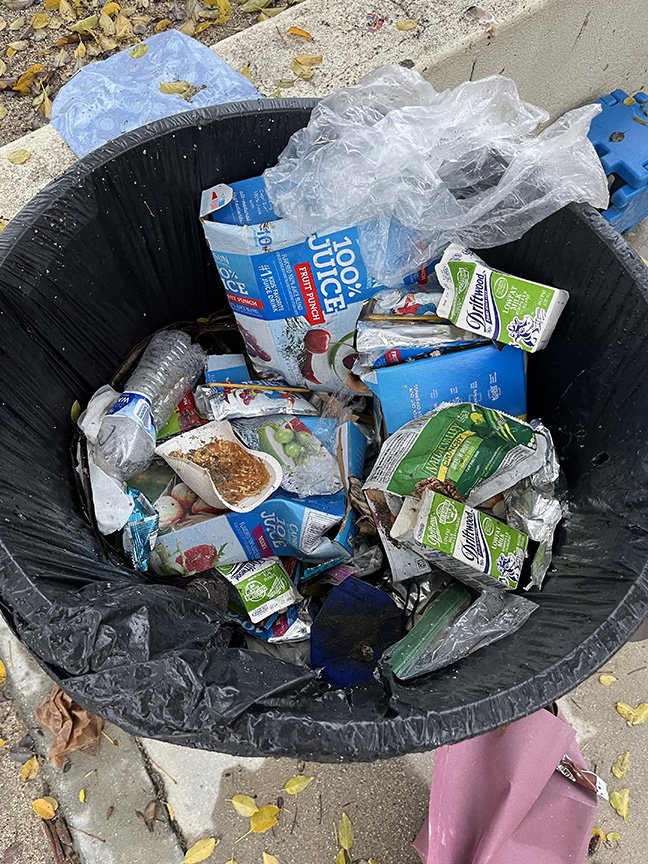
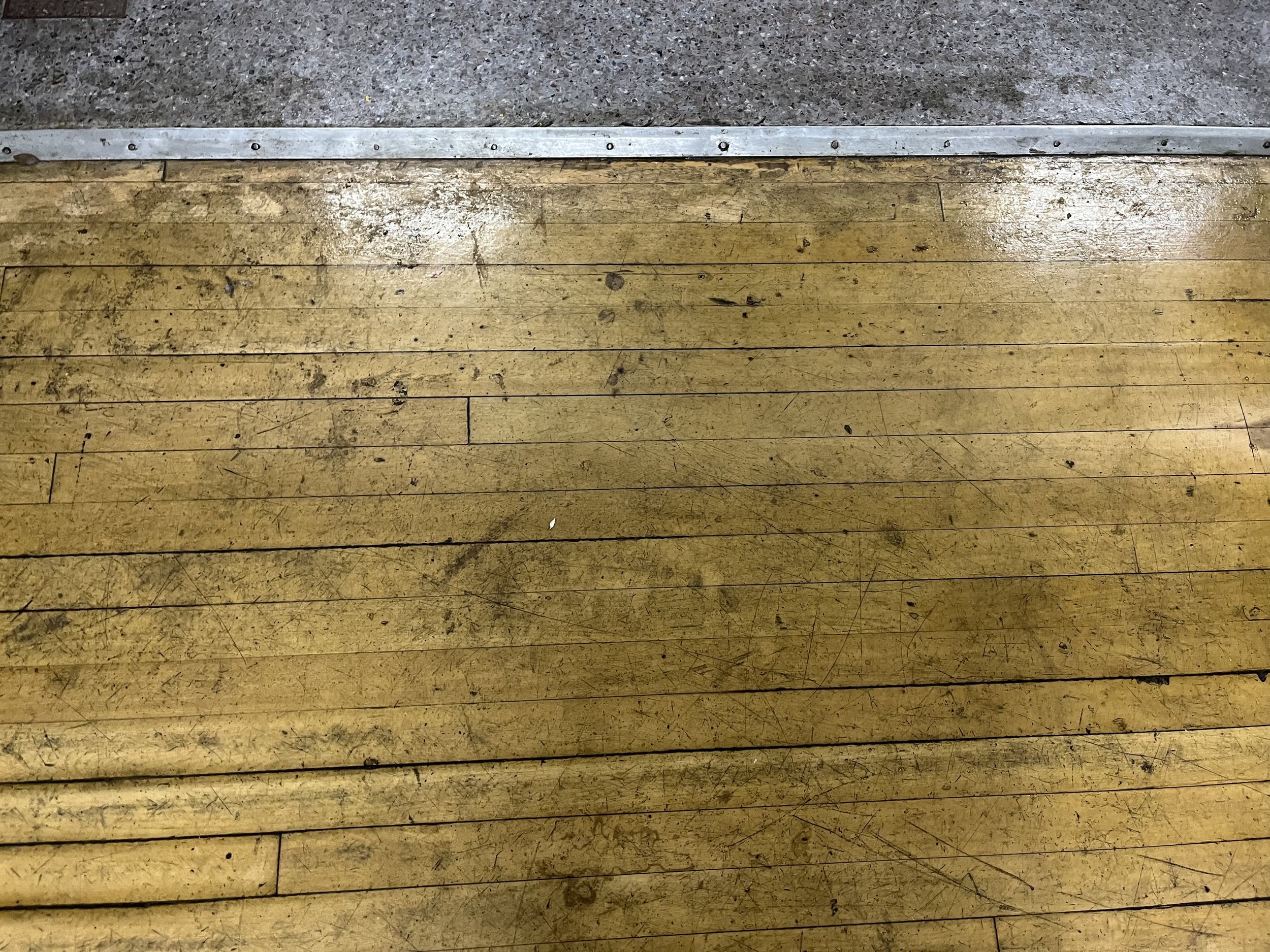

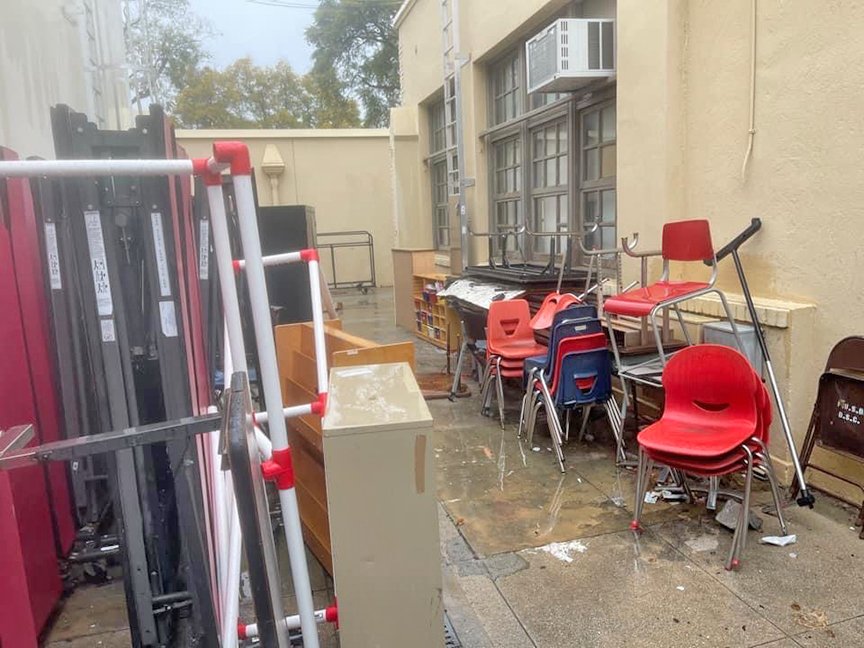
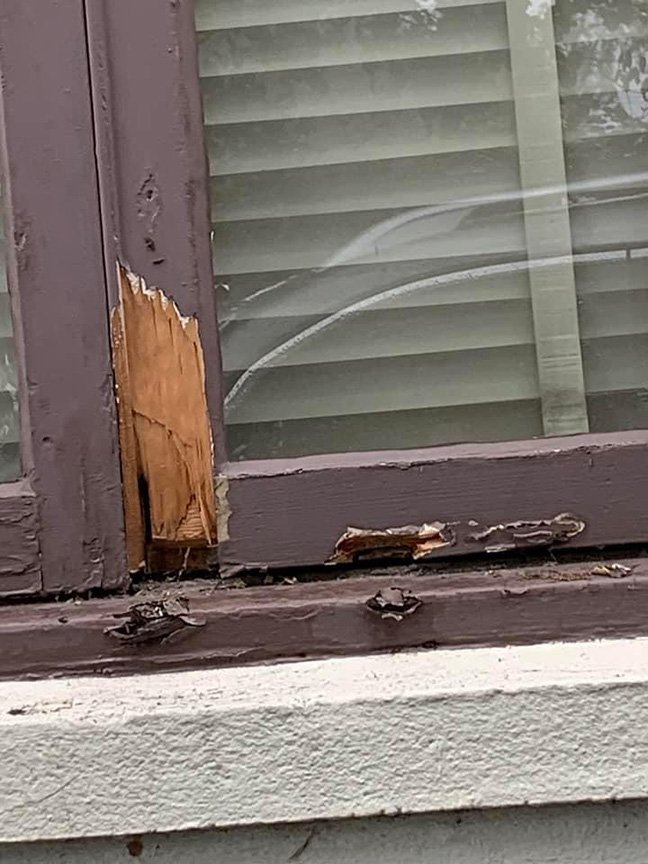
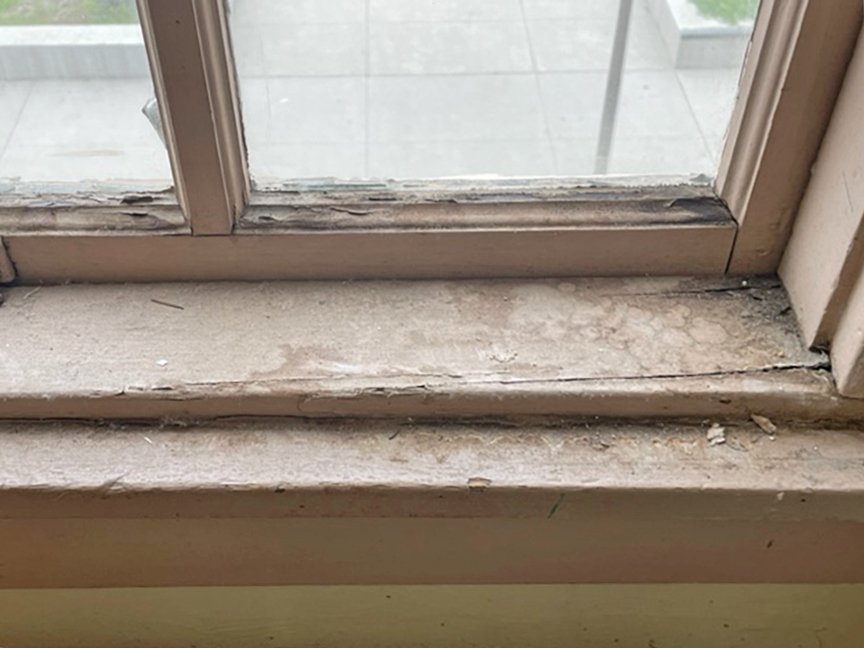
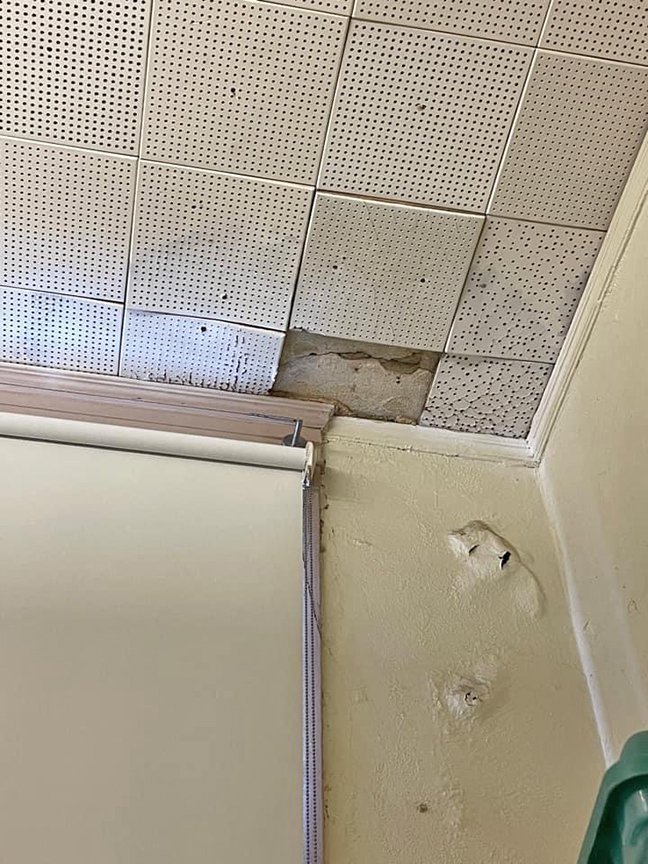
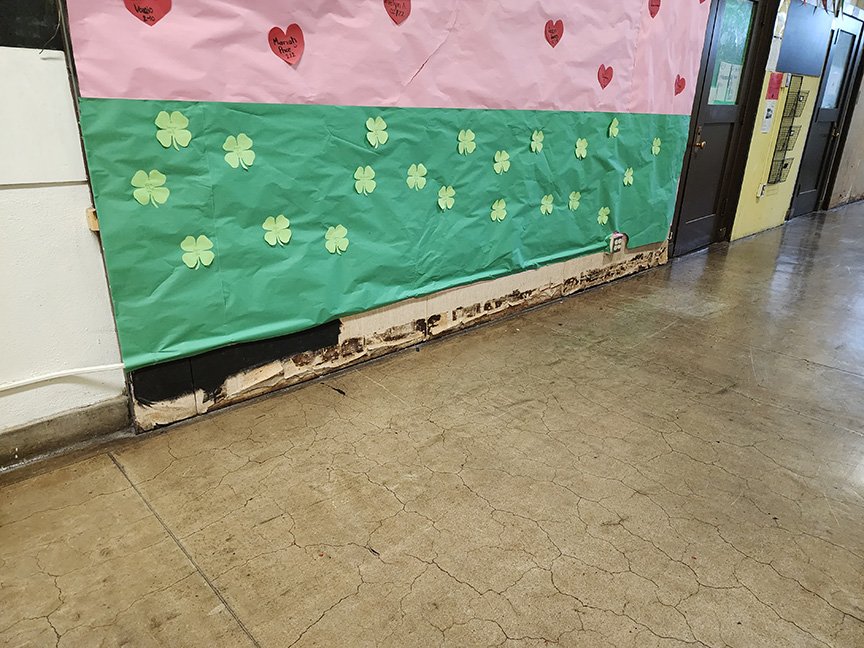
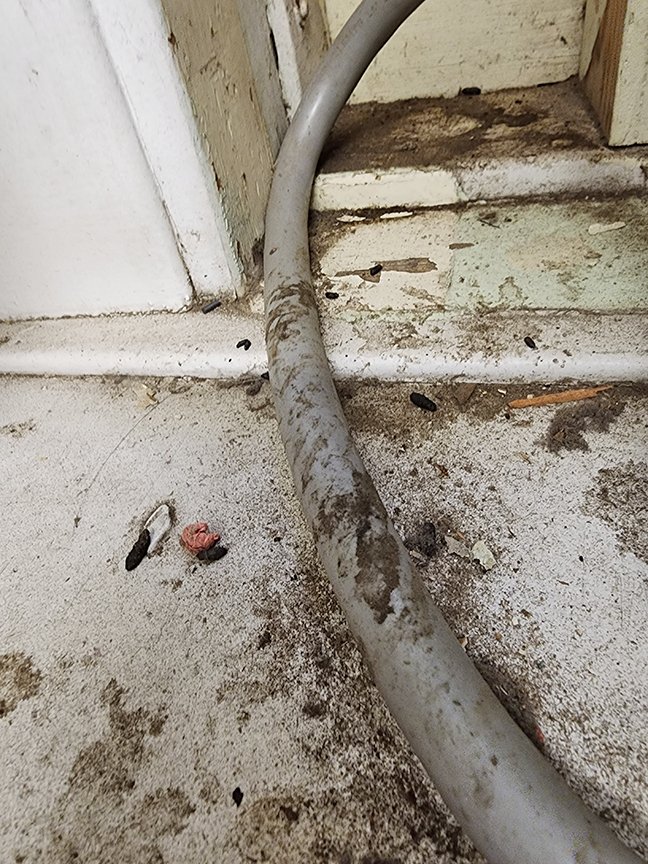
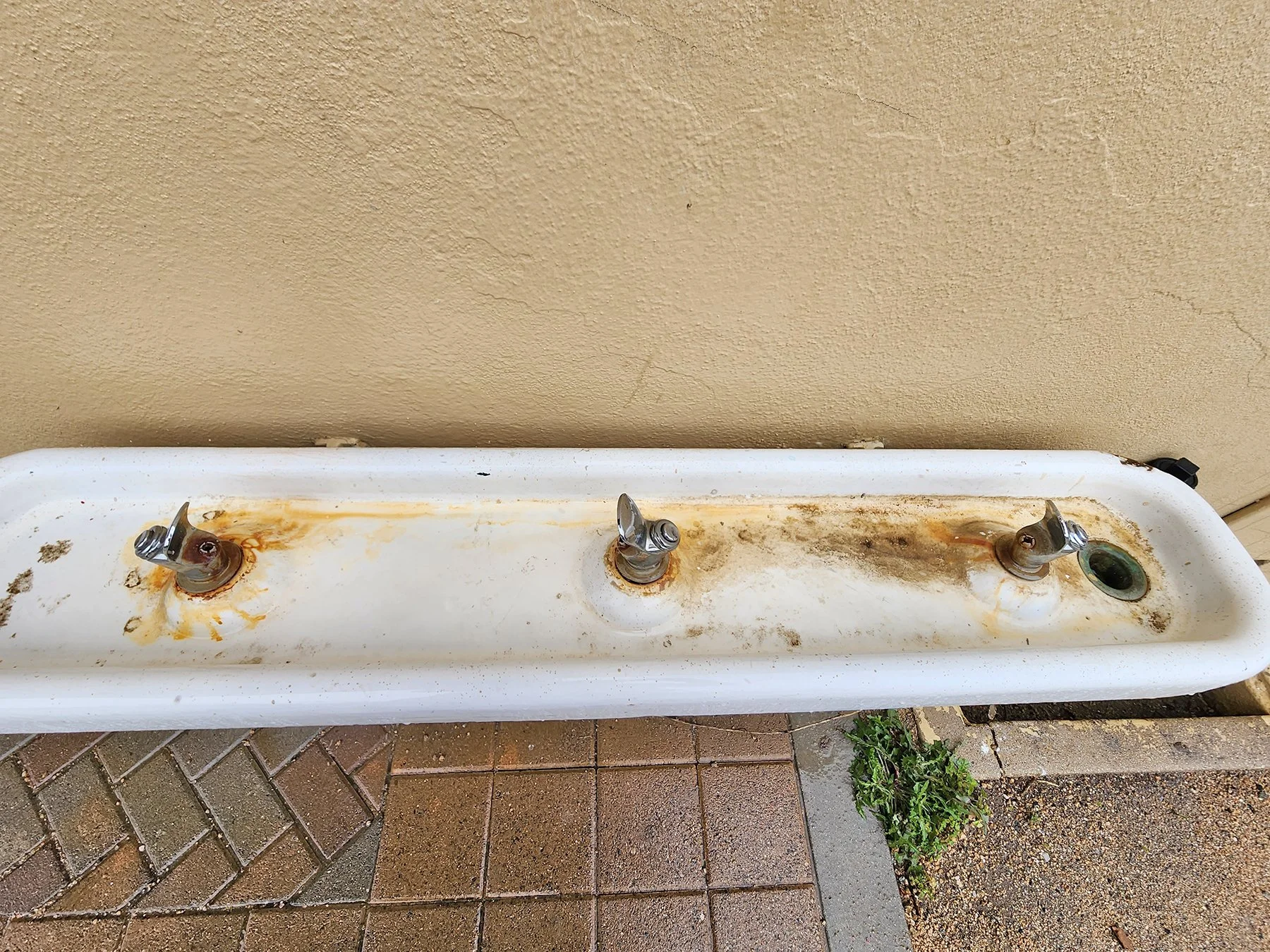
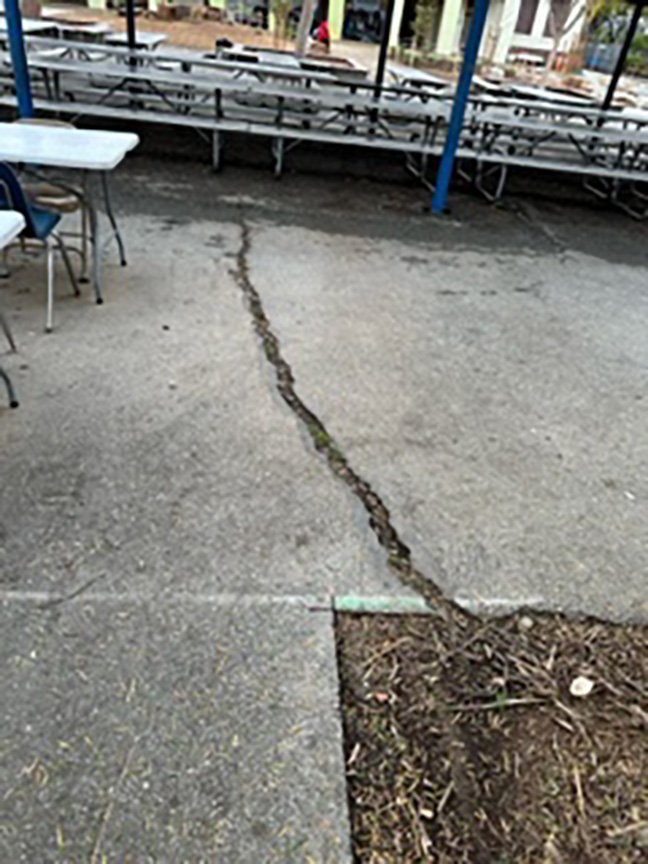
At the April 20 board meeting (— begin 58:00 end 1:03:00), District 1 member Kim Kenne said that PUSD has informed the community how it would meet the district’s needs, but to divert monies to custodians would be unacceptable. “Those monies are not going to change outcomes for those students as well as monies would for more direct services.”
District 2 member Jennifer Hall Lee disagreed. She said that using “supplemental and concentration funding” — allocated for districts with high needs students — for health and safety is essential.
“It feels like classism to me,” Hall Lee said. “Clean facilities benefit all children. Just because a child is poor, doesn’t mean they have to sit in a facility that’s not clean. And, it doesn’t mean that they don’t get the enrichment that all children get.”
Most PUSD students are minority persons. In fact, enrollment is 80% minority and nearly 60% socioeconomically disadvantaged.
Boynton said that she and other teachers have been involved in a 2-year professional development program during which they learned how districts with a profile similar to PUSD invest far less in custodial care and repairs.“This is an example of systemic racism,” Boynton said.
Compounded by the racially charged issues at San Rafael Elementary that launched the 2022-23 school year into a spate of clashes over community and class, the optics of such animosity are an unsettling accessory for a school system already beleaguered by a mass exodus to charter and private schools.
Yet, according to a recent article, researchers from the University of Virginia found no evidence to suggest that students from low-income families and children enrolled in urban schools benefited more from private than from public school education.
Results of this study show that while private school students may be outperforming public school students, the difference is eliminated completely when you control for family income and parents’ level of educational achievement.
The same article alludes to the fact that data published by the National Association of Independent Schools (NAIS) and Gallup illustrates how private school graduates do have better long-term outcomes.
These long-term outcomes, however, are a by-product of traditional and perennial bias that disfavors not only socioeconomically disadvantaged students but also adults in lower wage employment categories, such as custodial care. Poorly performing custodians exist, but so do poorly performing teachers, principals, doctors, lawyers, police officers and politicians.
Students from lesser means can achieve as well as those from far greater means. But, if they are not equally encouraged or welcomed or cared for in healthy, safe and sound schools, long term inequities persist.
38%
Percentage of Schools
that don’t meet minimum facility standards
— Public Policy Institute of California
Maintaining the health and safety of hundreds of thousands of square feet — occupied by active children nonetheless — is not akin to your average house cleaning. It’s complex. It’s time-consuming. And, it’s costly.
At first blush, the cost of appropriate maintenance programming does not necessarily appear to be the sole cause of defiled PUSD campuses. In fact, Chief Business Officer Leslie Barnes recently announced that PUSD reserves were at a historic high.
Upon further review, the surplus was based on one-time savings from school closures during the pandemic, one-time COVID funds from state and federal governments and leniency with Average Daily Attendance and Hold Harmless provisions.
Ultimately, good news came from bad circumstances, which equated to a false and fleeting sense of fiscal security.
Barnes did not respond to multiple requests for comment.
The bad news is compounded by the fact that, according to the 2022-23 PUSD budget, “The Los Angeles County Office of Education strongly advises that districts with declining enrollment, begin planning for future budget reductions and staffing declines, even with the proposed mitigation measures included in the proposed state budget.”
Staffing declines are already underway. Barnes recently resigned without explanation. Exiting right behind her was Hernandez. Chief of Technology Tendaji Jamal tendered his letter around the same time. Before all of them, veteran educator and administrator Dr. Stephen Miller walked away from his role as Chief Human Resources Officer.
And yesterday, multiple news outlets reported that McDonald is seeking to leave his post as he vies for a superintendent job in Columbus, Ohio.
Filling these vacancies is not only a sticky subject in terms of the district searching outside of its existing talent pool, but it’s also a costly proposition.
Barnes earned slightly over $300,000 in salary and benefits, according to Transparent California’s 2021 figures. Jamal’s package was slightly under $300,000. Miller earned $245,ooo. At least seven other PUSD higher-ups earned more than $200,o00.
McDonald earns $400,000 in salary and benefits. Blanco’s earnings total roughly $260,000.
Standing in stark contrast to all of these lofty compensation packages is the fact that PUSD bathrooms are rotting. Furniture is rusting. Ceiling tiles are falling. Roofs are failing. Floors are flooding. Classrooms are freezing or boiling. And vermin is thriving.
Leaders are exiting stage left in droves. The school board has yet to infuse adequate solutions while taxes rise and teachers and students are fed up with the mess left in their laps.
According to the Public Policy Institute of California, many schools face capacity constraints due to student enrollment growth and lack the technological infrastructure to support digital learning. Schools also often need major renovations to address deferred maintenance, upgrade aging buildings, plan for natural disasters, improve energy efficiency, and ensure adequate accommodations for people with disabilities.
To confront such issues, PUSD did secure a half billion dollar revenue commitment through the overwhelming support of Measure O in 2020. The measure stipulated:
“Proceeds from the sale of the bonds authorized by the Measure shall be used only for, but not limited to, removing asbestos and lead paint; repairing and replacing bathrooms, roofs, and electrical, plumbing, heating, ventilation and air conditioning systems; providing safe drinking water; improving fire safety and security systems; increasing accessibility for students with disabilities; and constructing and renovating classrooms, restrooms, offices, and facilities; upgrading computer and science labs.”
But with a 30-year term to fuel critical capital into crumbling structures, one must wonder if PUSD will last long enough to see the dream come true.
At a February board meeting, architectural firm DLR revealed responses to its Facilities Master Plan survey. Priorities consisted of modernizing existing facilities and replacing aging infrastructure.
DLR’s website for the PUSD Facilities Master Plan teems with slick graphics, professional videos of McDonald cheerleading the effort, animated matrices and lofty language to sell the dream.
But as it stands, the dream seems virtually unsalable, considering custodial care can’t even keep pace with taking out the trash. Schools can’t stock stalls with toilet paper. Common spaces are indefatigable germ farms. Cracks in asphalt spread like canyons to swallow small feet.
Despite all of these setbacks, beautiful and brilliant work is being cultivated inside PUSD facilities. Academic and athletic scholarships to top schools, including Ivy League icons. National Honor Society awards. Gold Seal awards. Biliteracy awards. Community service awards. And so much more, thanks to committed teachers, families, students.
When these teachers arise at dusk to juggle their own progeny before darting off to nurture other young hearts and minds, the very least they deserve are dignified spaces to do the life-changing work they love to do.
When these families send their precious cargo off to the purportedly hallowed halls of primary and secondary educational institutions, the very least they should expect is that those hallways are healthy and safe enough to occupy in the first place.
And, when these students arrive in the wee hours at educational edifices that they will inhabit roughly 300 days each year, the very least they deserve is to traffic in spaces that reflect how we think of them and their aspirations to leave the world a better place than they found it.
As gatekeepers, we can agree that rampant pathogens and vermin and detritus have no place in our curricula. Unsafe, unfit schools have no place in our communities. And, an utter dearth of acceptable answers or actions from those who occupy board seats and executive offices is entirely untenable, especially when we forego sizable sums of hard-earned incomes to sustain these spaces as indispensable, sacred learning chambers for generations to come.
This article will be updated as sources come forward. It is the first part in a series. Social justice journalism should demand answers to incite critical change. We encourage you to share your experiences and ideas and your own photos related to this issue by emailing here.

